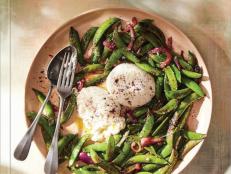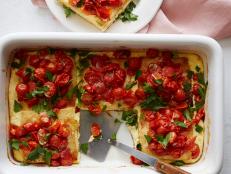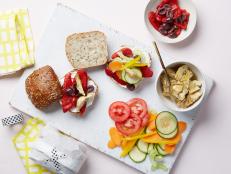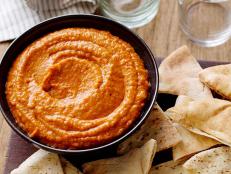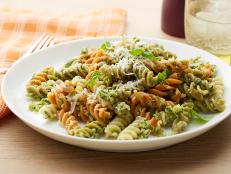DIY Hummus from the Silk Road Vegetarian Cookbook

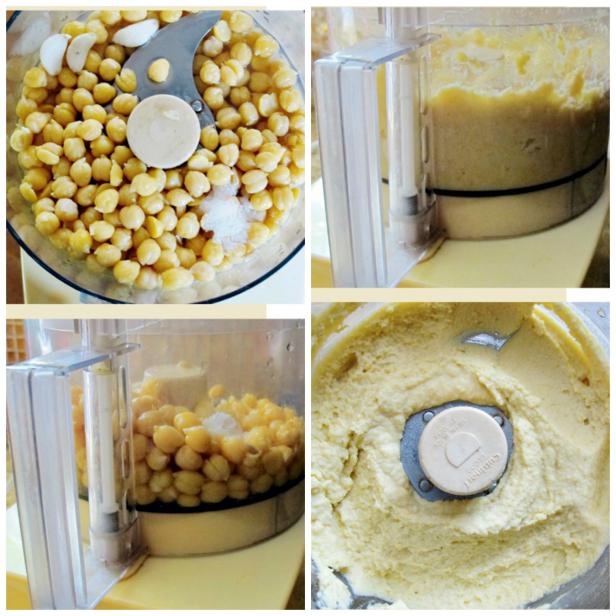
These days, it's all the rage to join a community supported agriculture plan, or CSA. But as recently as 2008, it wasn't quite as easy. That was the year Dahlia Abraham-Klein, frustrated with the lack of locally sourced food in her Long Island, NY, town, gathered enough signatures to start a CSA out of her garage.
But when her 40 members received crates of rutabaga and had no idea how to cook them, Abraham-Klein -- a junior high school science teacher and graduate of the Natural Gourmet Institute -- realized she might need to dig a little deeper. A vegetarian who grew up in Queens on the foods of the Silk Road, Abraham-Klein started a newsletter called Food for Thought and filled it with recipes from her childhood: fragrant herb stews, jeweled rice dishes, hearty dips and fresh salads -- all of which put to good use those crates of craggy vegetables.
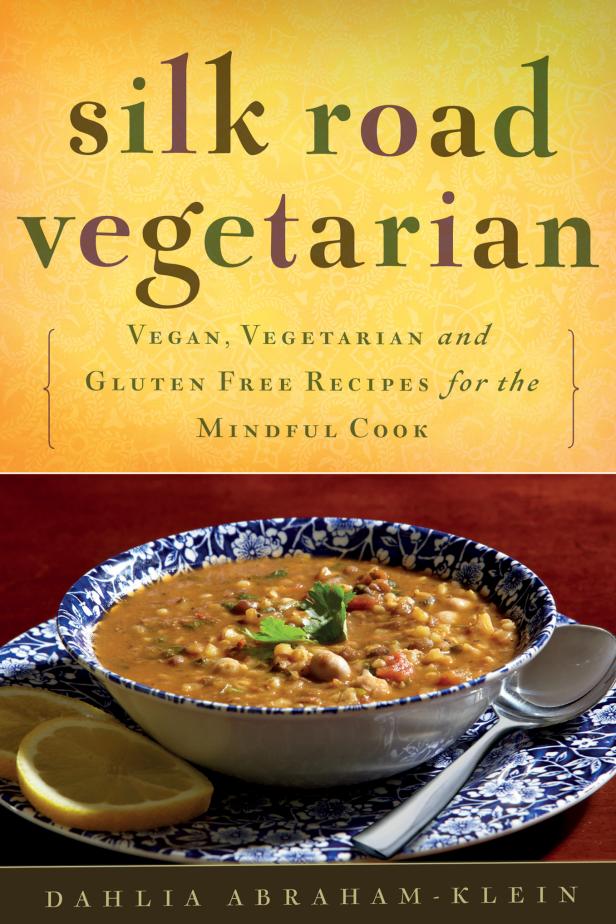
Her first cookbook, Silk Road Vegetarian, out this month and based on that original newsletter, is a thoughtful and delicious collection of gluten-free, vegetarian and vegan recipes celebrating the foods of the Silk Road and drawing on her family's culinary roots in Central Asia, India and the Mediterranean. While some of her recipes may be unfamiliar (Bukharian slow-cooked rice with dried fruit is not exactly mashed potatoes), they are, at heart, comfort foods.
I started the CSA out of my garage, and my members had no idea what to do with all the produce they were getting. People were just lost. So I created a newsletter with recipes based on the foods of my childhood. Years later, I had a hunch it would make a great cookbook.
I became a vegetarian in 2008, the same year the market crashed. I really wanted to do something to support the local economy, and I thought what better way than to support local farming? I wanted access to good sustainably grown food, and I thought for sure other families would too. I sought out the CSA board and I asked them what I needed to do to get one started in Great Neck. They said I needed 25 signatures. I got 45.
The recipes in the book are drawn from Afghanistan, Persia, Bukhara and India. Tell me about your family's background.
My parents were both born in Bukhara [in Uzbekistan]. They moved to Kabul and then to Peshawar in Pakistan. They traveled along the Silk Road and then moved to India, so there are recipes from all of these regions. What is interesting about the cookbook is that many of the Central Asian dishes are all very similar. Many of the Jews were merchants travelling back and forth on the Silk Road and they adapted the recipes according to what was in abundance. I changed the recipes to use local ingredients from the CSA. For instance, some recipes call for dried lime, I substitute lemons. Instead of sorrel, I use parsley. I use beans instead of meat, and instead of chicken or beef fat I use canola oil so the dishes are lighter.
Well, don't start with the steamed rice, which takes a bit of practice and skill. Start off with the Afghan risotto called Shola. You really cannot mess it up and it’s so good! Kids love it, too.
All kids love the Baksh, which is a Bukharian green-herbed rice. It’s a great dish because it incorporates loads of greens and vegetables into a one pot supper. You've got spinach, dill, mushrooms and brown rice in this one dish and kids have no idea how healthy it is. Central Asians lived in multi-generational homes and they cooked one pot meals to feed large families. Many of my recipes are one pot meals that last all week. Great for working parents.
I'm not sure that this is a cooking tip, but because I am vegetarian and I want the most nutrition out of my rice, I use brown Basmati rice. I also only use rice from India, not rice from California, which tends to be thinner. You want that thicker rice because otherwise it cooks too fast. The most important thing in cooking rice is to soak it first in hot water and salt, which starts to break down the outer hull. Soak the brown basmati rice up to 30 minutes; for short-grain brown rice, up to two hours. I have an entire section in the book on how to cook rice because it's such a big part of Silk Road cooking. You'll get it in no time.
¾ cup (150 g) dried chickpeas, or one 15-oz (425-g) can chickpeas, rinsed and drained
Soak, skin, and cook the chickpeas according to the instructions below.
Pour the cooked chickpeas, oil, lemon juice, water, garlic and salt into a food processor fitted with a metal blade, and process until creamy. If the consistency is too thick, add a little more water.
Pick through the dried beans, discarding any discolored or shriveled ones or any foreign matter. Wash the beans in a strainer under cold running water, and drain.
To soak, place the beans in a bowl of fresh cold water. A good rule of thumb is to add three cups (750 ml) of water to each cup of dried beans. The liquid should be about 1 to 2 in (2.5 to 5 cm) above the top of the legumes, and the bowl should be big enough so that the beans can expand a bit. Soak for 12 hours or overnight.
Once you have soaked the beans, transfer them to a pot, add enough water to cover the beans by 2 in (5 cm) and bring to a boil. Reduce the heat to a simmer, partially covering the pot, and simmer for one hour, adding more water if too much evaporates and beans become uncovered. If any foam develops, skim it off during the simmering process. If the beans are still hard and no more water remains, add ½ to 1 cup (125 to 250 ml) of hot water and continue to cook until soft. [Note: You must skin the chickpeas after cooking: Drain the hot water and fill the pot with cold water. Let the chickpeas sit until they cool down and the skins of the chickpeas crack open. Rub to loosen the skins and discard them. Pat the chickpeas dry with a paper towel.]
Andrea Strong is a freelance writer whose work often appears in Edible Brooklyn and Edible Manhattan. She's probably best known as the creator of The Strong Buzz, her food blog about New York City restaurants. She lives in Brooklyn with her two kids, her husband and her big appetite.






















